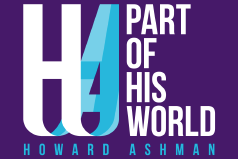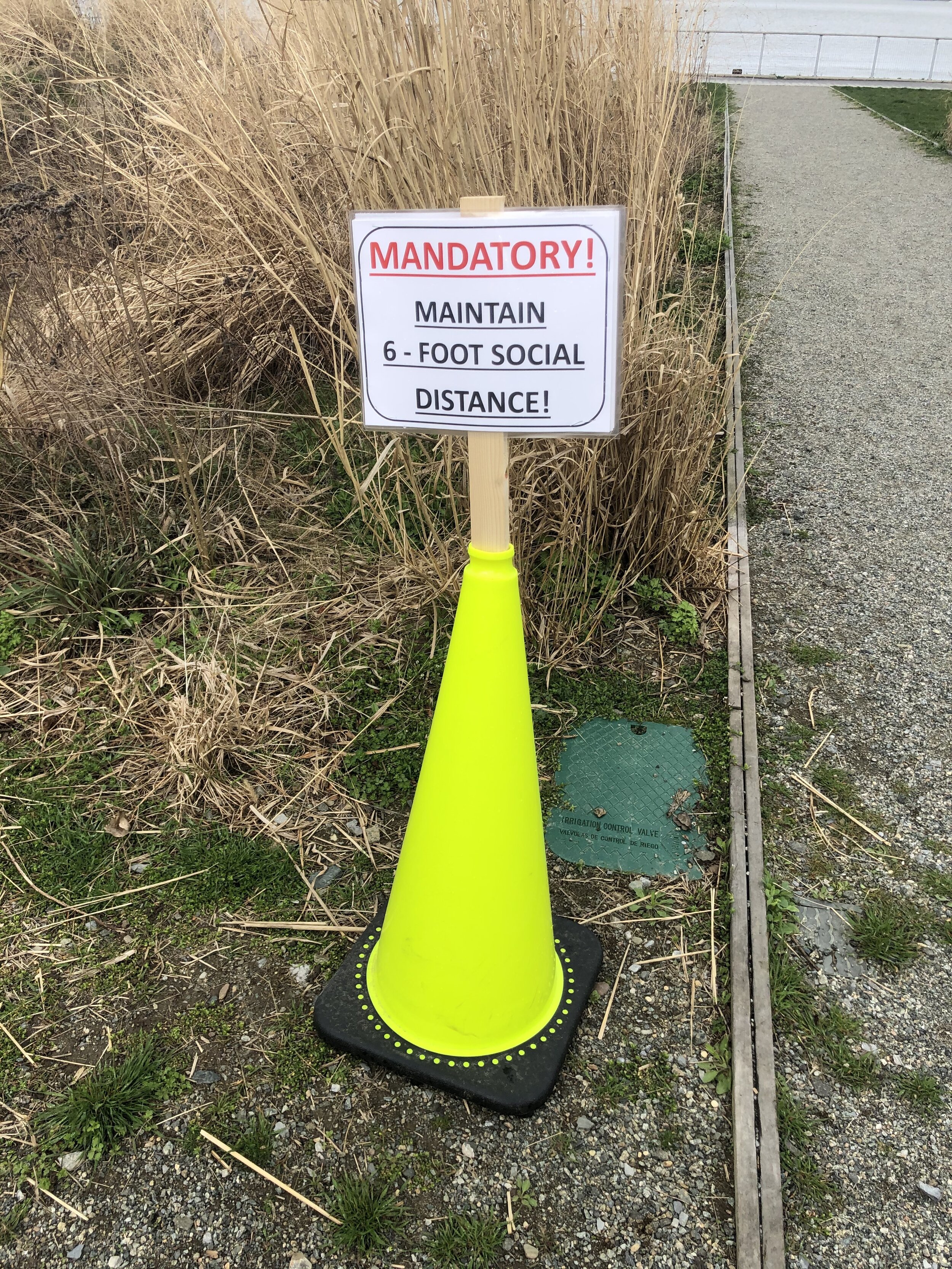Return to Sheridan Square
April 5, 2020 By Sarah Ashman Gillespie
Much has been written about the similarities between what we’re all going through and the early years of the AIDS epidemic –sometimes referred to as “the plague years.”
Because here we are again. The same but different.
Sitting outside this morning, alone on the deck. Privileged to be listening to birds and watching the Hudson River flow by, savoring the ordinariness of waiting for the day to begin, my thoughts drifted to Stuart White and David Evans and my beloved brother, Howard Ashman and all who died during those plague years.
I recently received a letter from a young medical student who grew up on Howard’s work but knew nothing of the man until recently. When she learned how he died, she began to read more about the history of HIV/AIDS. Of course, she knew the science of it, the epidemiology, all that we know now. And she knew that people now are “living with HIV” – not dying, not victims but people with a treatable chronic ailment. Like diabetes. She knew it hadn’t always been that way but had never thought about the darkness of not knowing, of the only foreseeable end being a difficult and early death. She didn’t understand what not knowing felt like.
In the beginning of the AIDS crisis, we were as alone as we are now. We didn’t know much, We didn’t know how it was transmitted, if it was in saliva did it mean a brotherly kiss on the cheek, a warm hug, a sweet “hello” from a close friend, could kill? In the beginning, it killed mostly gay men, yes, but seemingly randomly. Would all gay men die? Or maybe only the American men, or only the ones who went to discos and did poppers, surely not the ones who were careful – who tried to do everything right. But what was right? What was safe? What was safe enough?
Today, sitting on the deck, after the early death of Terrence McNally, just hearing of the death of a friend of a beloved niece, thinking of my vulnerable friends and loved ones – I wondered who of us would survive this and who would not.
What is enough. Masks? Clorox on all the door handles? Washing hands obsessively? Staying inside? Staying six feet away? And still, many will die – many are dying. Not just old folks, not just those with pre-existing conditions, not just those who don’t Clorox and mask and hand wash but those who do.
Because, like those early AIDS years, we just don’t know. Maybe we overdo some things because we’re frightened. Maybe we don’t do enough because science is still learning what we need to do.
Like then, there is no cure, only experimental treatments – Howard had so many when he was sick, a full ten years after the first deaths in San Francisco. So many acronyms for so many drugs, many of which had terrible side effects and turned out to be useless.
And still people were dying. And still people are dying. And still we wake up each morning and are grateful for the grace of another day.
I hear sometimes from younger people, an almost romanticized idea of those early plague days. They are too young to know the fear, the abyss of the unknown, the gut-level feeling that maybe just everyone was going to die, not someday, but very soon.
This is what it felt like. People you know may very well die, Not just New Yorkers. Not just grandparents or people with “pre-existing conditions.” As with AIDS and gay men – those people are on the forefront of victims but they will not be the only ones. This plague is spreading. Will continue to spread. As with AIDS, we just don’t know.
This is what it felt like.
The fear is in the unknown, the sense of balancing between living a life and being safe so you can continue to live a life.
There is a line in the Ashman/Menken song Sheridan Square that I have been thinking of often. Especially when I walk along the Hudson River on a popular path, masked and frightened.
And if some good rises out of everything
Then the Phoenix is rising there
In the eyes that are scared but softer
Tonight over Sheridan Square

